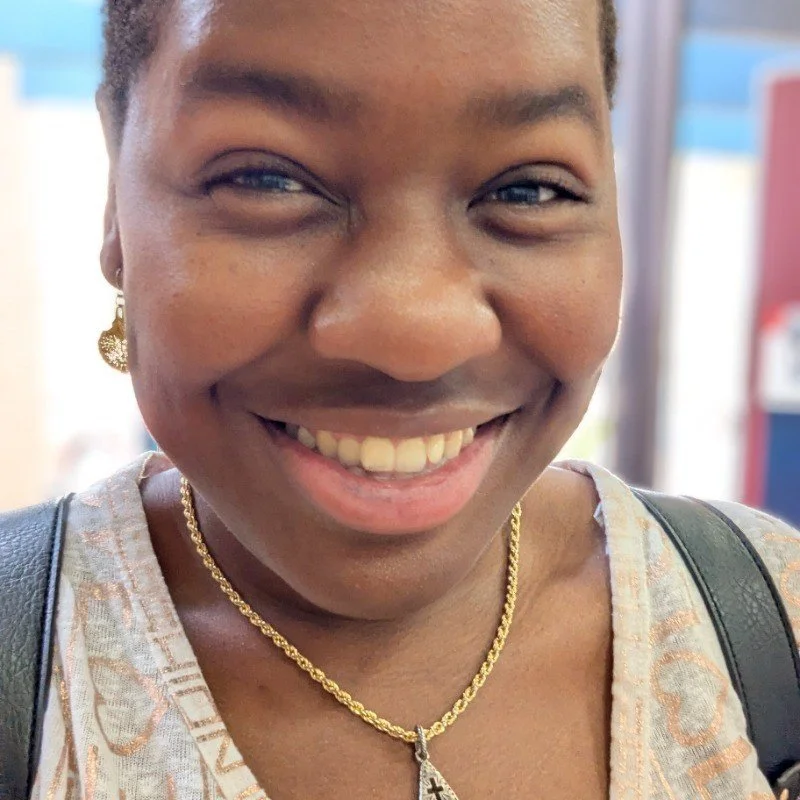Portfolio
Transform the way you engage with digital interfaces through cutting-edge instructional design that anticipates tomorrow's needs today. My solutions redefine user experiences, pushing boundaries to create visually stunning, intuitive, and immersive digital journeys.
Dive into some example projects below to really see my skills in fullstream!
Featured Project
Building Trust: Therapy Dogs and Patients
This scenario-based eLearning concept experience supports nurses and enrichment coordinators to make informed decisions when facilitating positive interactions between therapy dog units (handler + dog) and their patients. It provides facilitators a basis for handling real-life animal-patient interactions. This learning experience can be easily adapted for school and library staffs that host therapy dog units.
Audience: Nurses and Enrichment Coordinators in nursing homes or other medical facilities
Responsibilities: Research, Instructional Design, eLearning Development, and Graphic Design
Tools Used: Articulate Storyline 360, Figma, Procreate, MindMeister, Coolors, Google Docs
More Projects
Food Service Training Course:
A local restaurant approached me to develop a training solution that would better prepare new food service employees before their first shifts, after experiencing frequent knowledge gaps in food safety practices and customer service standards. The challenge was to create a resource that was accessible, engaging, and easy for staff to complete independently while covering essential operational expectations. I designed a three-module eLearning course using Articulate Rise, incorporating interactive tools, scenario-based activities, and visual resources to reinforce food safety guidelines and customer service techniques. This course provided the restaurant with a consistent, efficient onboarding tool to improve employee confidence, performance, and guest satisfaction.
Audience: Food Service Industry
Responsibilities: Research, Instructional Design, Interactivity
Tools Used: Articulate Rise, PowerPoint, FreePik
Medical Sales Promotional Video:
Cambridge Sensors' Microdot company engaged me to create a promotional video targeting EMS, long-term care, and healthcare professionals to showcase their top diagnostic products while addressing a critical industry issue: supply shortages and delays impacting patient care. Through research and consultation, we identified the need for a fast, visually engaging, and informative format that could highlight how Microdot’s dedicated sales team and reliable distributor network proactively resolve these challenges.
Audience: EMS, Long Term Care and Health Professionals
Responsibilities: Research, Instructional Design, Graphic Design
Tools Used: Articulate Storyline 360, Vyond, Procreate
Professional History Timeline:
This interactive resume reimagines professional growth through a dynamic radial timeline. Instead of the traditional top-down format, work experiences spiral outward from the center, creating an engaging visual journey. Each milestone reveals detailed achievements when clicked, transforming a static work history into an explorable story.
Audience: future employers
Responsibilities: Research, Instructional Design
Tools Used: Articulate Storyline 360, Procreate, Google Docs
Growth in the Company:
This interactive training puts learners in the driver's seat of their career negotiations. Through realistic workplace scenarios, employees practice building their case for advancement by highlighting achievements and addressing common management responses. Rather than just explaining negotiation tactics, the training lets learners test different approaches in a low-stakes environment — like a dress rehearsal before the real conversation.
Audience: early professionals looking to negotiate role in the company
Responsibilities: Research, Instructional Design, eLearning Development, and Graphic Design
Tools Used: Articulate Storyline 360, Procreate, Google Docs
What people are saying
Contact Me
Interested in working together? Fill out some info and I will be in touch shortly. I can’t wait to hear from you!










